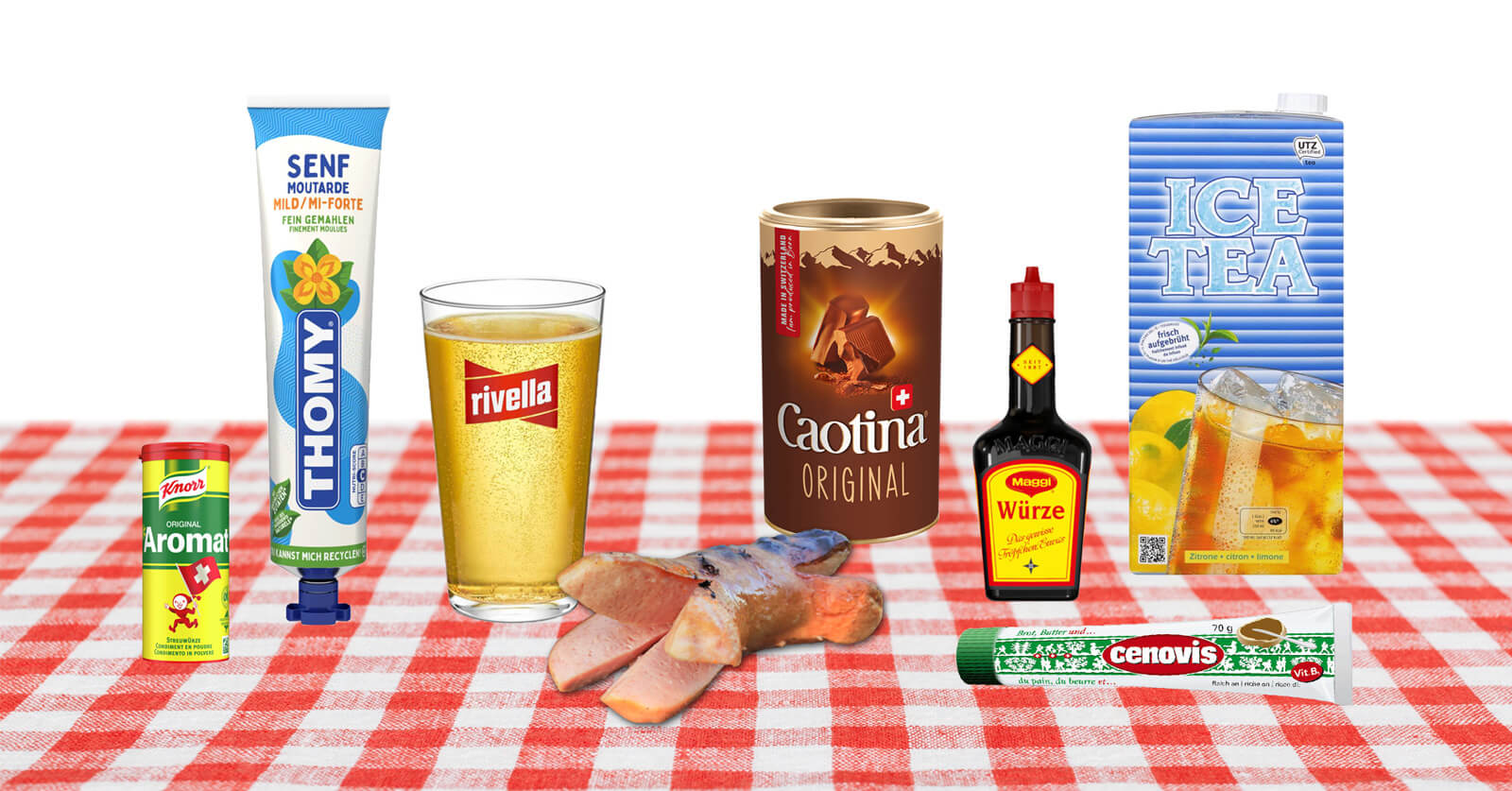
Aromat, cervelat, and cenovis: these foods may appear alien to 99.9% of the world. But many Swiss go nuts about these foods, consuming them from cradle to grave.
Given its small size and geographical location, you would think that Switzerland has simply adopted Italian, French, and German cuisine. After all, there’s plenty of antipasti, escargots, and bratwurst right across the border.
You’re probably wondering: with all those culinary influences at their doorsteps, why don’t the Swiss just take the best of everything and stick with it?
Think again!
The Swiss have their own little culinary universe. From unique soda beverages to “interesting” condiments, many of these Swiss foods will leave outsiders scratching their heads.
Strange as they might be, these are the very foods that the Swiss abroad beg their visiting inlaws to smuggle. In Switzerland, these products are staples in restaurants and inside household pantries…
These Swiss foods and beverages are loved by the locals:
Thomy Senf Mustard
Thomy Senf is the mustard of Switzerland. Its launch dates back to 1930, and it tastes most amazing when used in potato salad or with cervelat sausage.
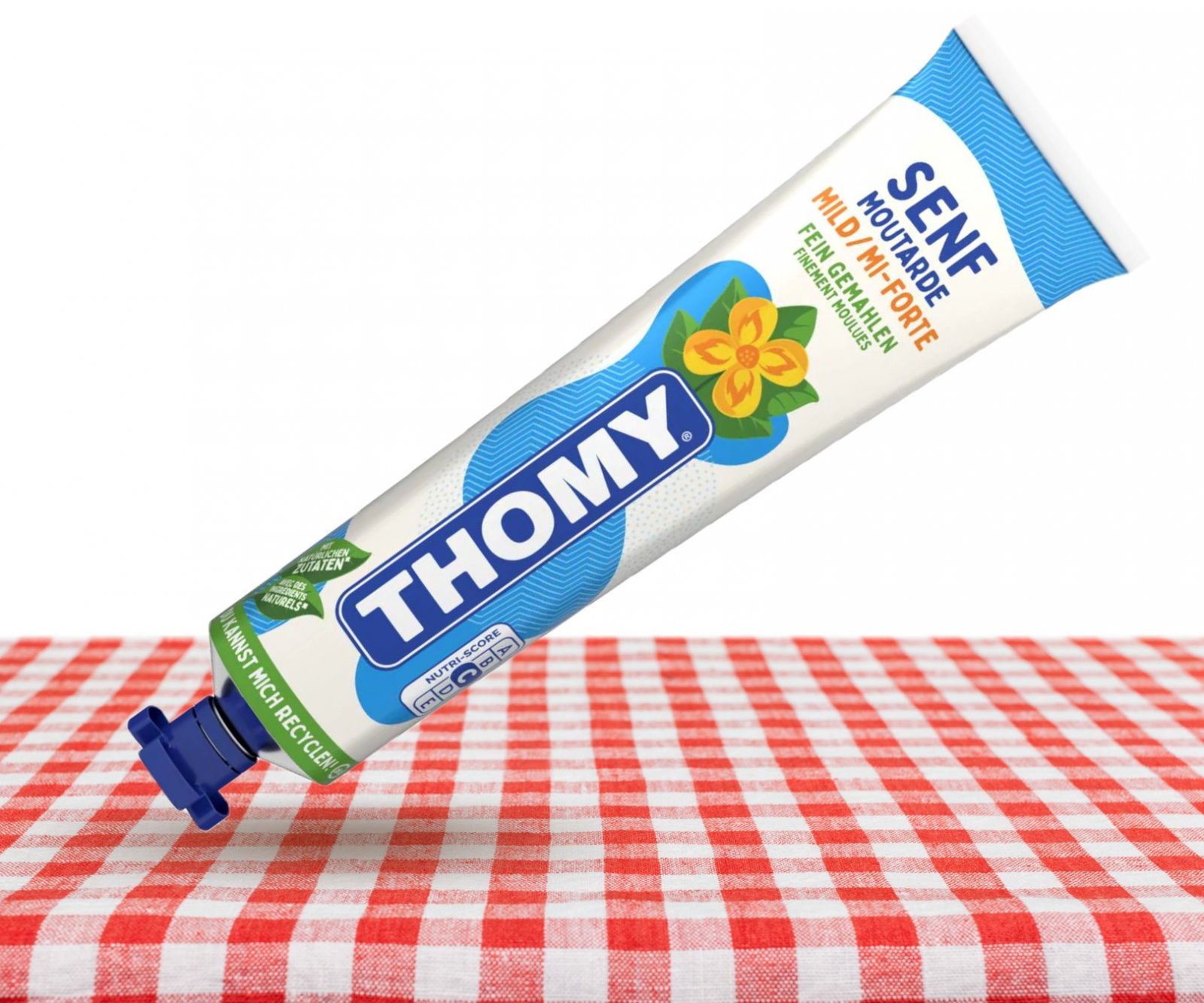
Maggi Würze
The Swiss have been using Maggi Würze since 1887 when it presented a cheaper alternative to actual meat extract.
Think of it as the Swiss equivalent of soy sauce, although the current formula no longer contains soy.
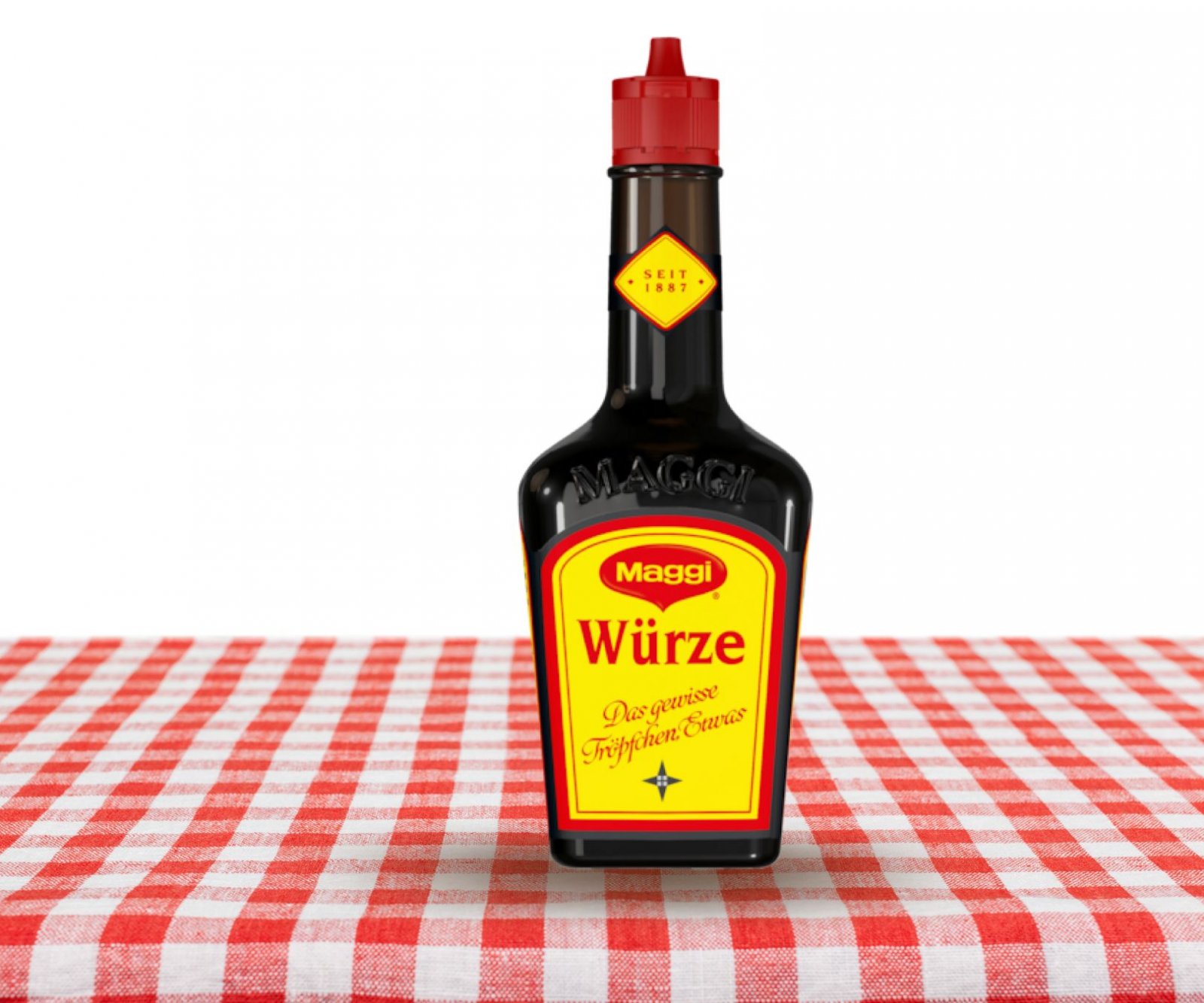
Caotina Chocolate Powder
Launched in 1963, Caotina is synonymous with Swiss winters. Made with real Swiss milk chocolate and still produced in Bern, Caotina has got to be Switzerland’s national hot chocolate…
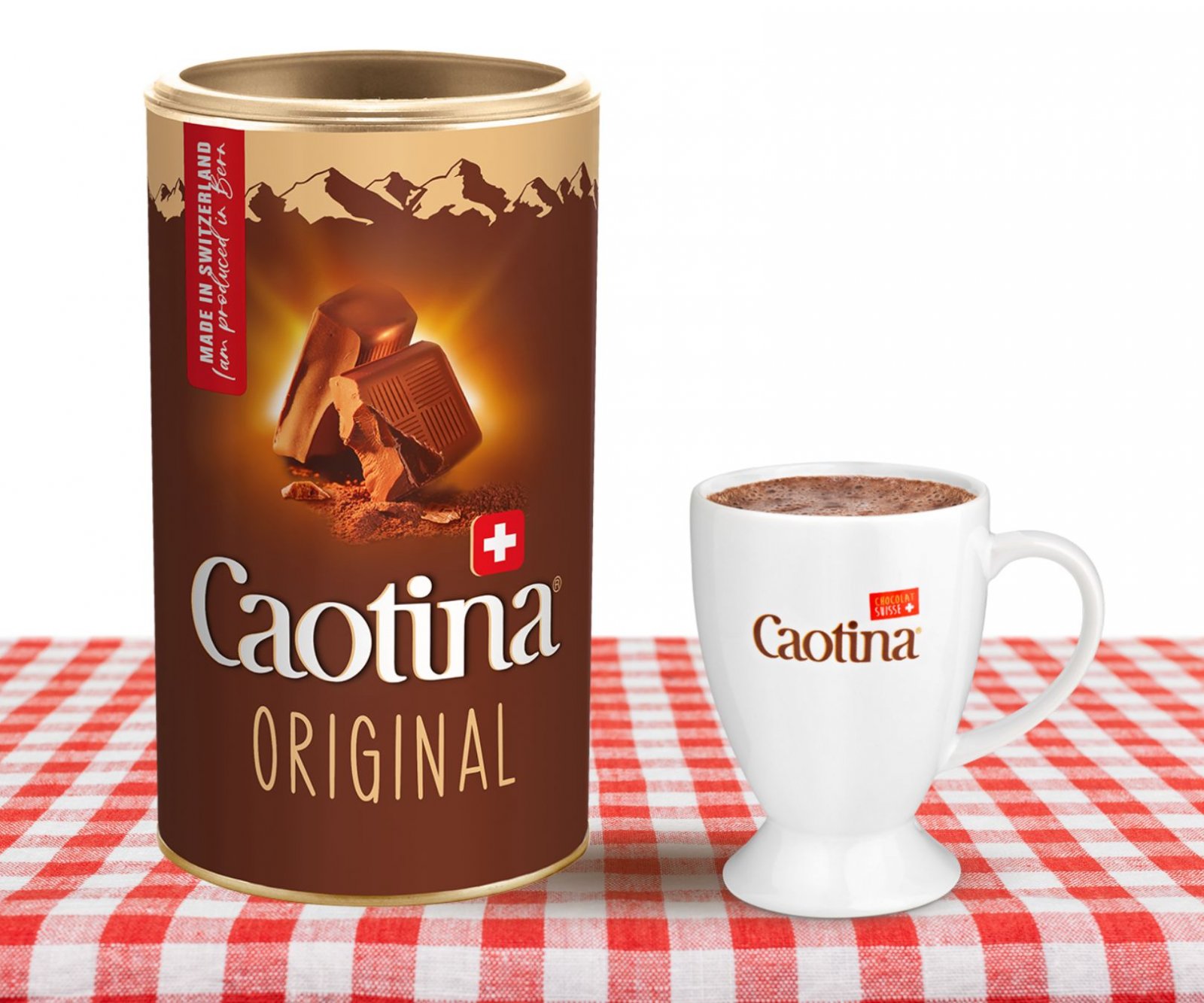
Aromat Seasoning
Have you ever caught a Swiss tourist pulling an Aromat shaker out of their purse somewhere abroad? Just to add a bit of seasoning to the local dish? It happens more than you would think.
Since 1953, generations of Swiss grew up with Aromat seasoning. It contains a fair amount of monosodium glutamate (MSG) which enhances the flavors of the foods it is used on. Is MSG good for your body? The jury’s still out on this one.
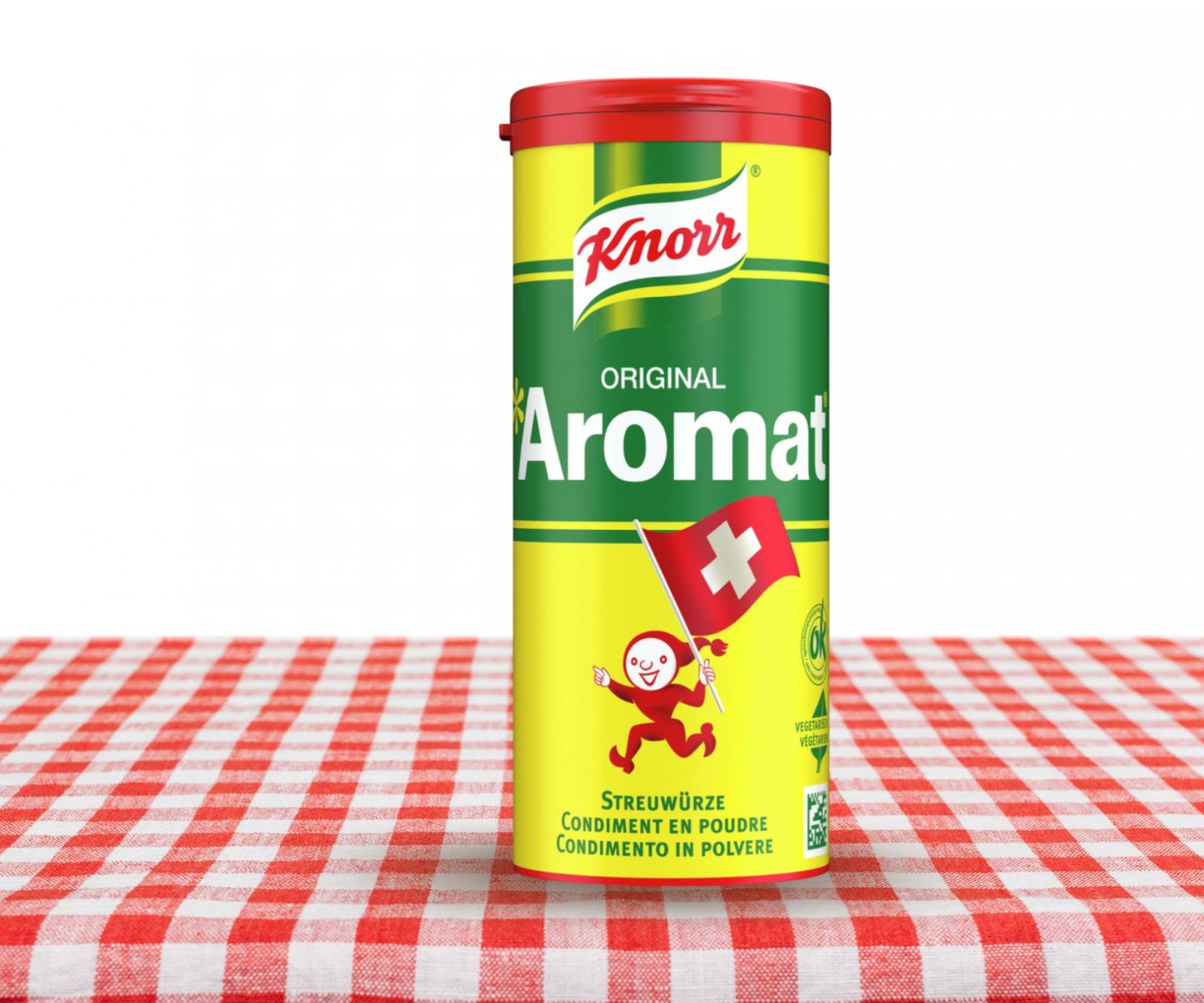
Cervelat Sausage
Hands down, the cervelat is Switzerland’s national sausage. A cervelat sausage belongs to any BBQ or typical Swiss festival, and it was declared Swiss Cultural Heritage icon. 160 million of them are produced each year, which amounts to about 25 cervelats per capita per year.
The recipe for cervelat is more complicated than it seems. The sausage contains beef, pork (50%), bacon and its rinds, lemon juice, ice water, and sugar (for the crunchiness when BBQed.) The spices are made up from fresh onions, pepper, coriander, nutmeg, garlic, and cloves.
In a country like Switzerland with as many dialects, there are numerous names for this sausage depending on the region:
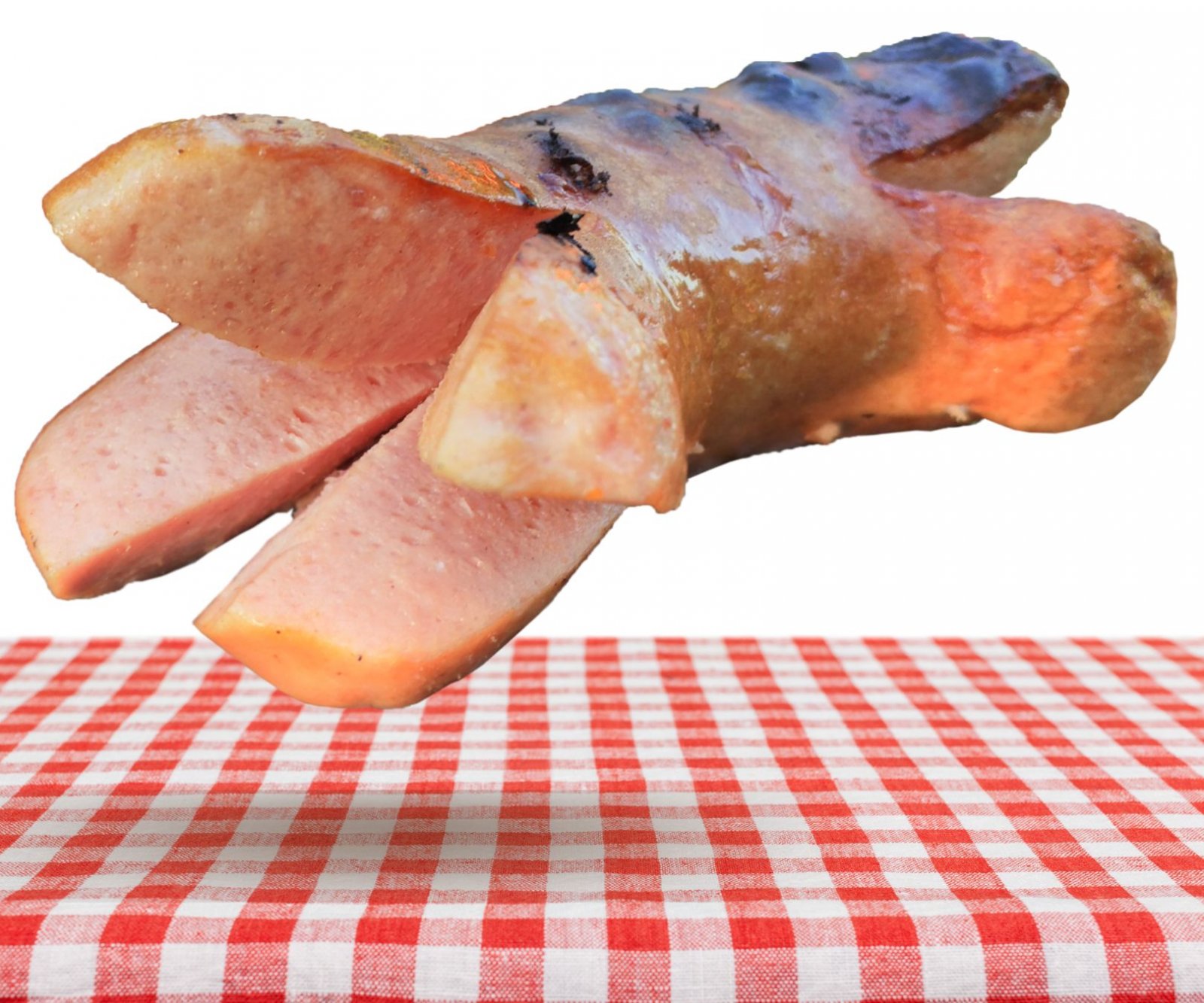
Rivella Swiss Soda Beverage
Our list with foods the Swiss go nuts about would not be complete without a mention of Rivella. It is Switzerland’s soda beverage of choice, even though there are many alternatives.
Rivella has been around since 1952 when it was invented in Stäfa near Zürich. (We have dedicated an entire post to Rivella.) The base of Rivella is milk whey, a dairy extract. The red variety “Rivella rot” is the original taste. Over the decades, other varieties such as “Rivella blau” (low calorie) or “Rivella grün” (green tea) were launched.
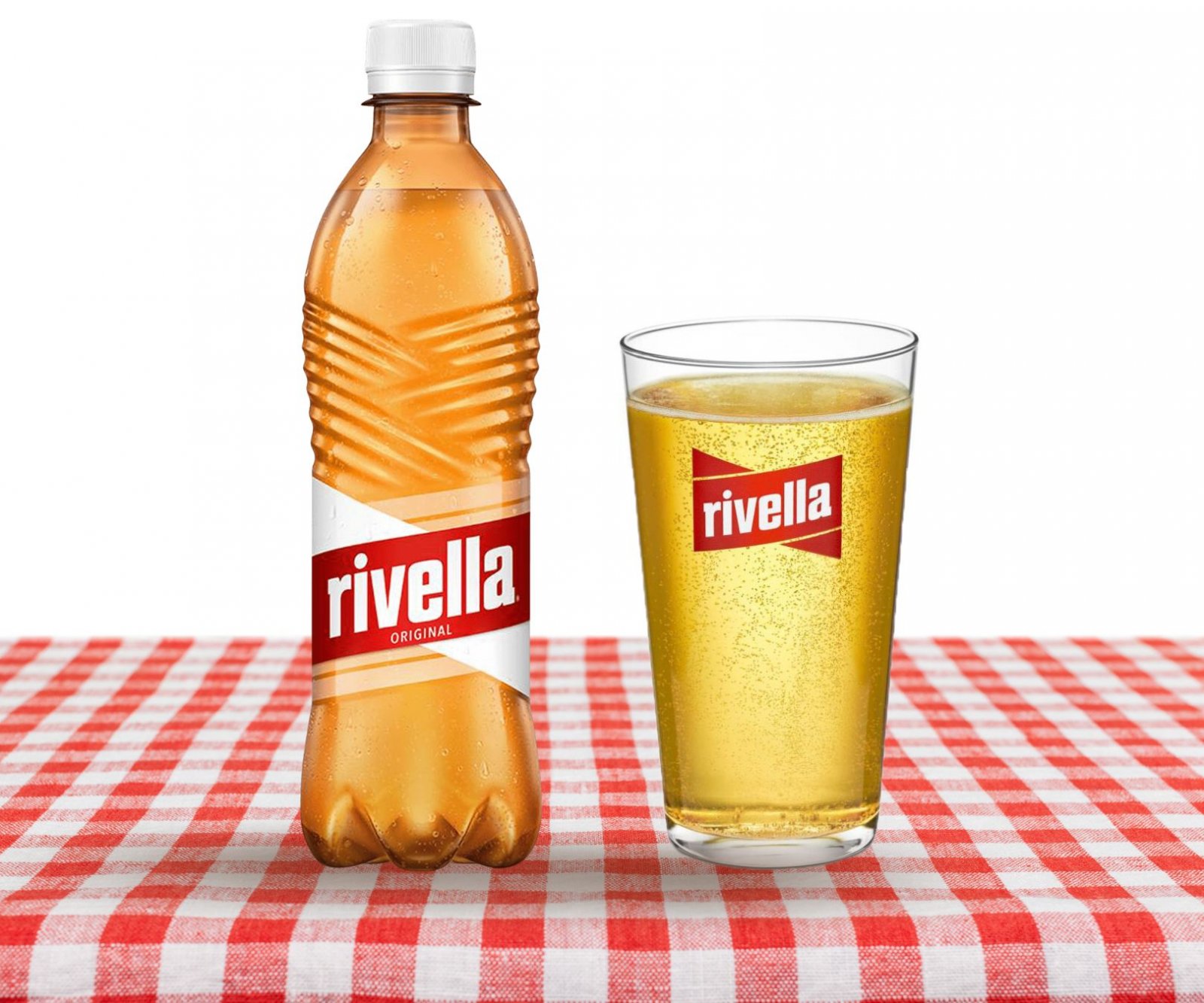
le Parfait
The Swiss have been spreading le Parfait since 1950. Interestingly enough, the inventors Claude Blancpain and Erwin Haag intented to make a meat-free spread. However, after years of derivation during World War II, the Swiss population craved meat and meat products.
This spread made of brewer’s yeast, liver, and truffle was the answer to popular demand. The name was coined by Blancpain’s wife who first tried the spread at New Year’s in 1950. She shouted “C’est parfait!” – “It’s perfect!”
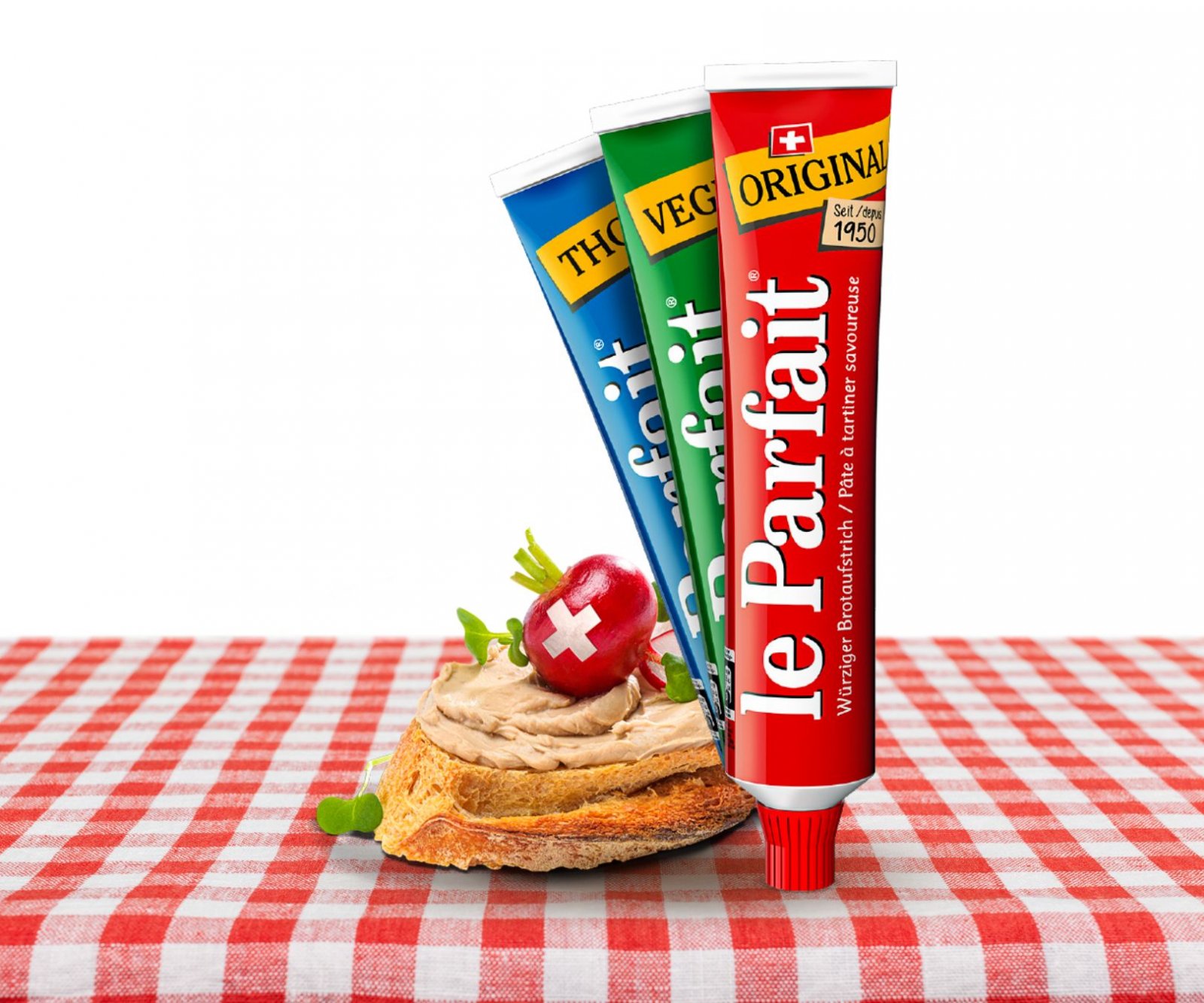
Cenovis Spread
Cenovis is a Swiss spread for all the fans of Marmite. It first showed up on store shelves in 1931 and quickly gained popularity. Today, it is especially popular in western Switzerland.
Cenovis is made of brewer’s yeast extract, carrot and onion extracts, as well as salt. It is rich in vitamin B1. Cenovis is traditionally served on bread with butter, but it also works well in salat dressings or to marinate meat.
The name Cenovis is made up from two Latin terms: cenare (to eat) and vis (power).
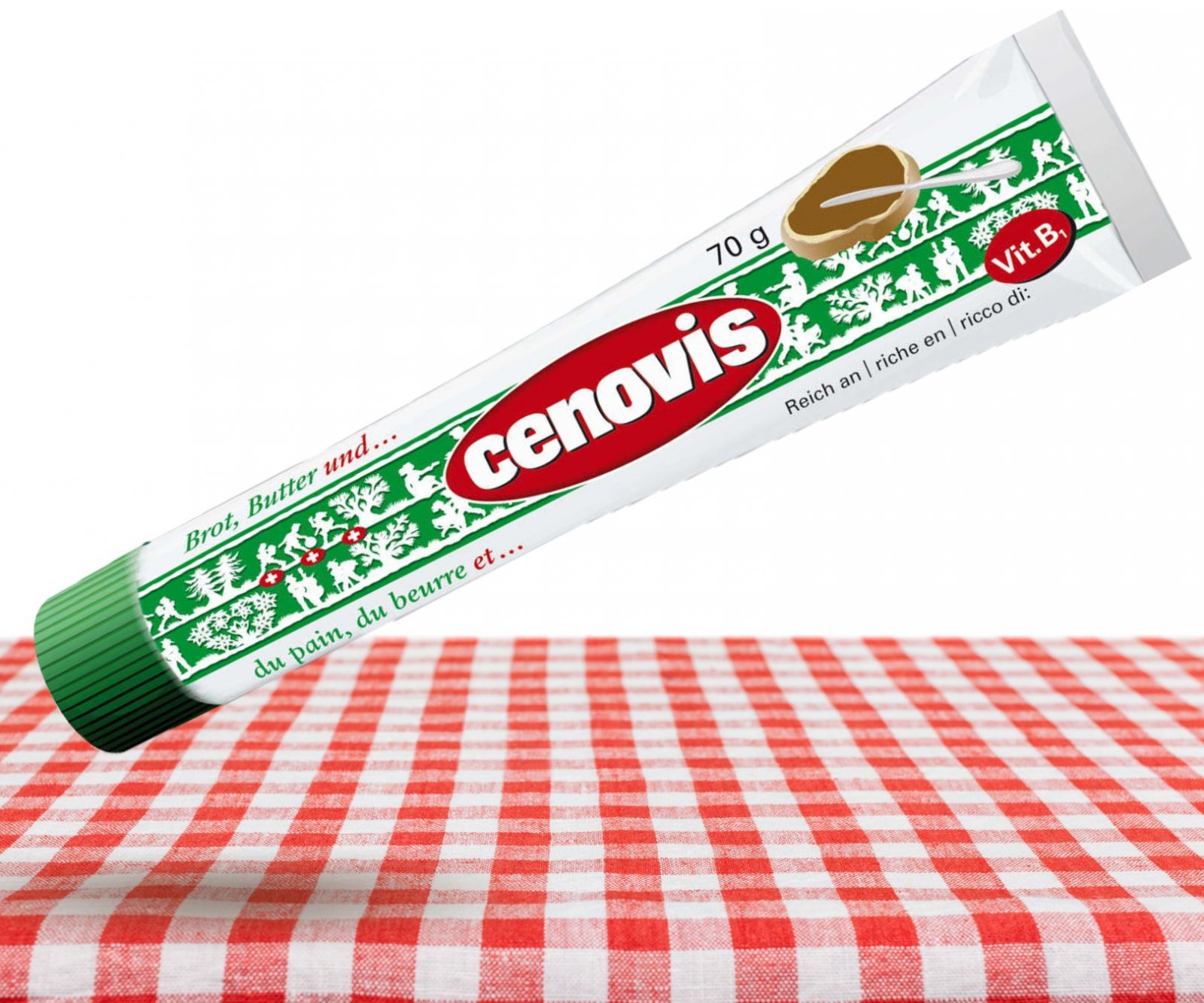
Wacholder Latwerge
Wacholder Latwerge is essentially juniper jam. The Swiss will eat it on freshly baked Zopf bread along with butter. The liquid texture of Latwerge is from sugar, honey, or corn syrup. There are various flavor profiles available, such as juniper, pine shoots, or cranberry.
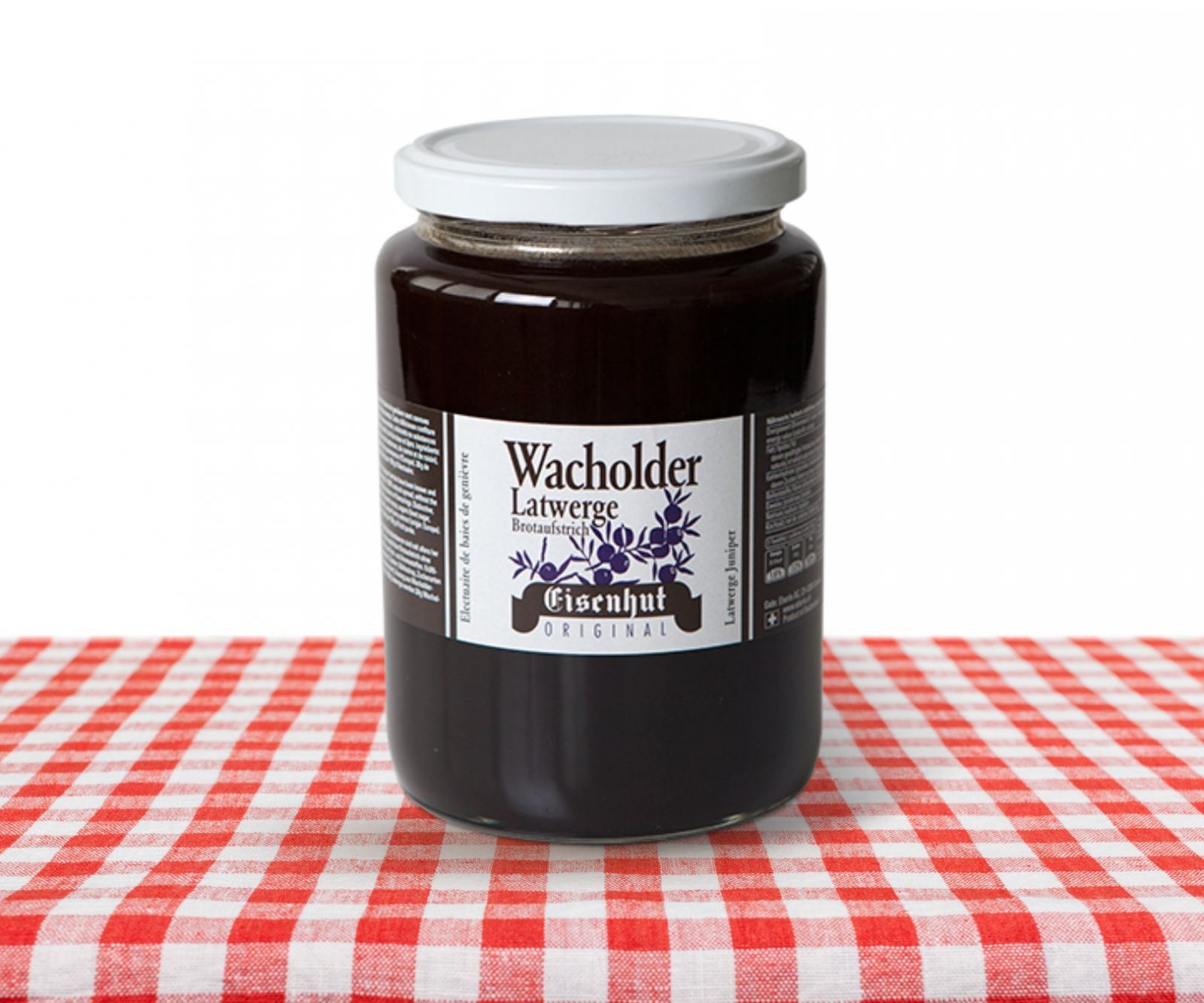
Migros Kult Ice Tea
The “career” of Migros ice tea reads like a rags-to-riches story: Swiss store brand ice tea turns into the country’s most popular beverage yet never changes its character.
Launched in 1984 as part of the grocer’s budget line of products, Migros Ice Tea quickly became part of the Swiss diet. For generations, this was the beverage of choice for trips, school lunches, and parties.
Switzerland is actually considered the motherland of bottled iced tea, with a history dating back to 1984. As such, Migros claims to have invented the ice tea category. Whether they were the first on the block or not, this blend of black tea, rosehip and carcade flowers, sugar, and a dash of lemon juice tastes the best.
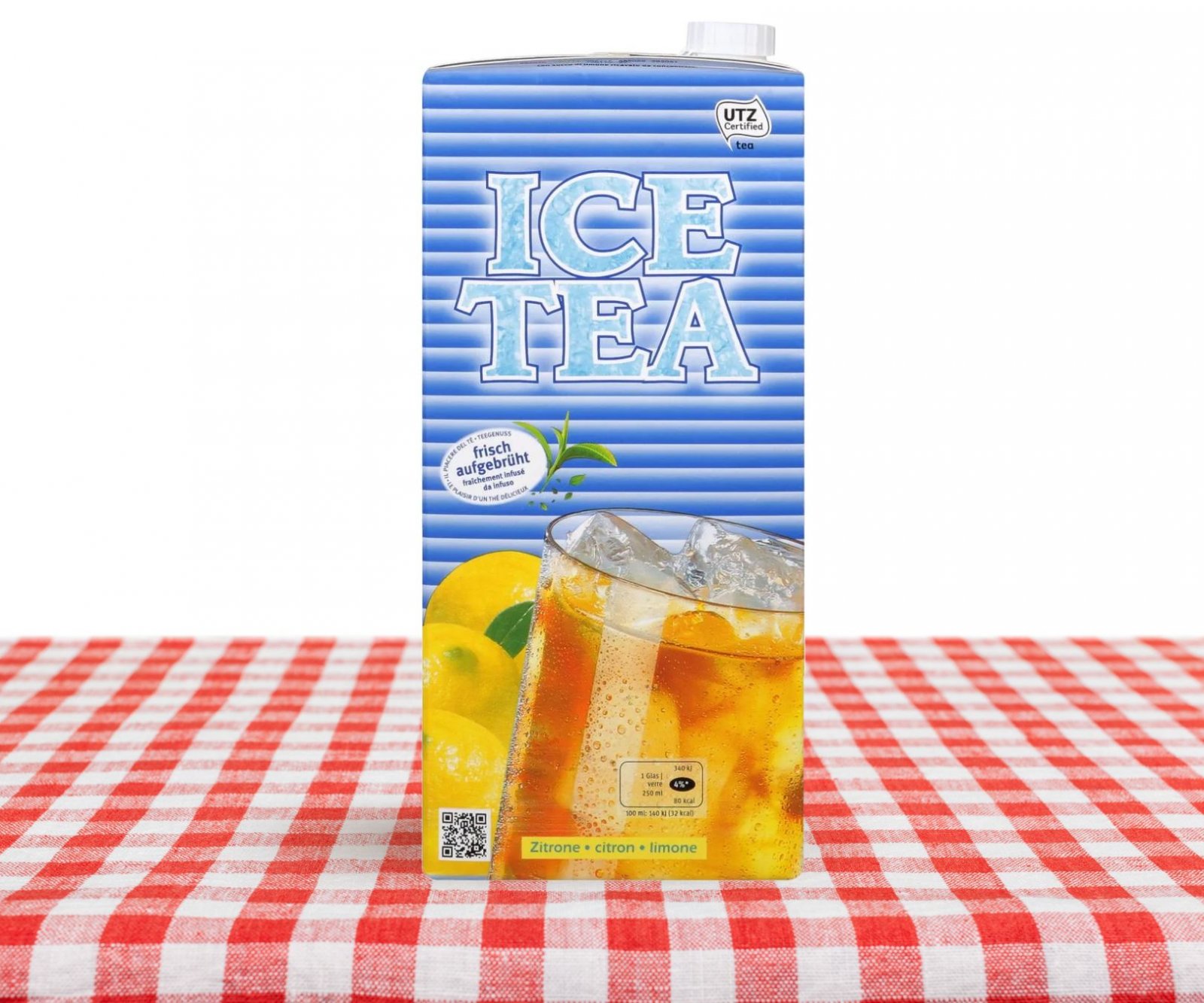
Interested in trying some of these foods? Have you tried some of them? What did you think?

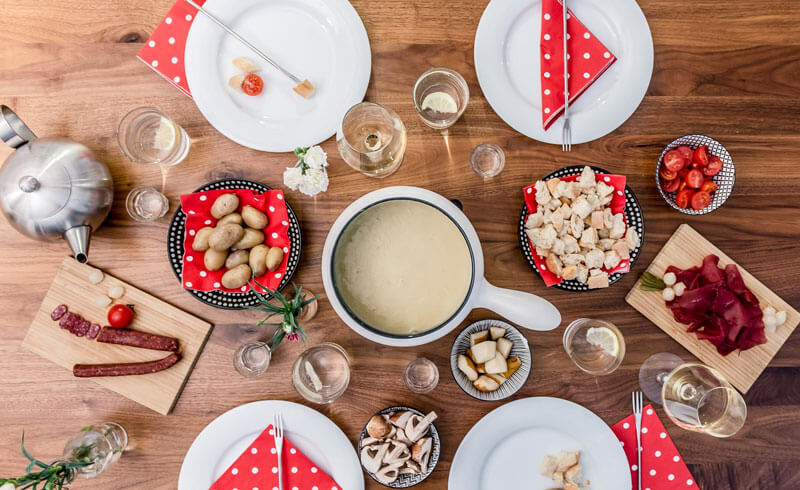
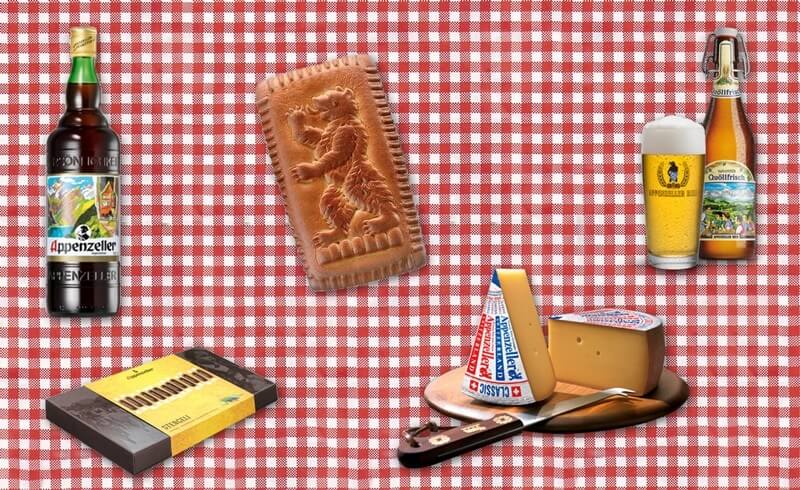
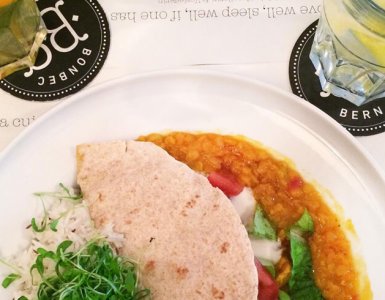

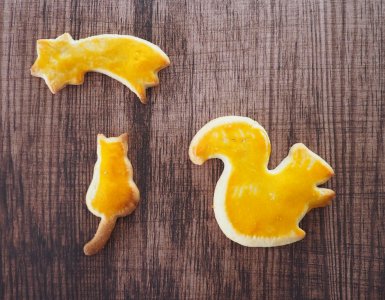

Why I love this article “10 swiss foods you cannot miss” and Newly Swissed in general? Because I can always learn new things, even as a Swiss myself! I’ver never heard of cenovis and 50/50. But I will try it anytime soon, that’s for sure! Thanks for the inspiration :)
Glad to see that other countries now have good supermarkets too! And they probably sell some of these products – certainly Aromat is available in the UK.
As for Parfait, for those of us who don’t eat meat, there is a great veggie version (in a green tube). Perfect on toast.
But you will never persuade me that Rivella is nice. I’ll be sticking to the 50/50. Or cold Caotina, even in winter.
[…] Few countries have grocery shops that can compete with Switzerland’s two top grocers: Coop and Migros. Their selection and display make it hard for some newcomers to adjust, especially because some of the Swiss products may be confusing… […]
[…] See on http://www.newlyswissed.com […]
You’re absolutely right, Rivella, no matter what color, sucks big time. It’s made with milk serum,
for God’s sake! My wife gags on it as well. If we Swiss continue drinking this awful stuff,
we will be doomed, and UBS and Credit Suisse will lose tons of clients (just kidding…). Good thing
about it: no longer waiting in line at the bank!
They tried to sell Rivella in the US awhile back (I’m serious!), but it failed miserably on the market.
Ramseier’s apple juice is my drink of choice when in CH!
Rivella is great; if no one told you its made of milk serum you’d not have a clue, unless of course you’re lactose intolerant… :-(
May I add some corrections:
1. The St. Galler Stumpen is NOT a Servelat. It is a similar sausage, but not a Servelat. The Stumpen is larger, has more veal in it and is therefore more subtle. And finally, the Stumpen is not bent at all, but absolutely straight.
2. I do not know ‘Halb-Halb’, at least not for a long time. This is a “Halbprodukt” by Thurella, that means it is made of pre-produced products. So it is not a fully produced product by Thurella.
This does not surprise, if you know that however Obi fruit juices were very well known, especially the Obi apple juice, or just obi. In Austria, obi became actually a synonym for apple juice (but produced and supplied by a different and licensed Austrian company).
Obi stands for “Obstverwertung BIschoffszell”, founded 1906 in Bischoffszell (Thurgau, Switzerland) as a cooperative. Obi juices had been produced by Obi from 1930 to 1998. Then their brands have been bought and produced by the Thurella Cooperative. In the mean time, Thurella Cooperative became integrated into the stock listed Thurella AG. 2010, because of financial problems with the Thurella Group, the production of the formerly original Obi products ‘obi’ (apple juice) and ‘Rittergold’ (apple/fruit cider) has bend cancelled since end of 2010.
So, I very much doubt that ‘OBI Halb-Halb’ has ever been a Swiss-wide well known product for itself. Actually, this brand is quite new and only known since 2004.
This of course raises the doubt of not explicitly announced product placement on your site?
Dear Martin,
Thank you for your very detailed comment. Having worked in restaurants in St. Gallen and Appenzell in 2003- 2006 we always served Halb-Halb to children, which is why I listed it as one thing to try. I also lived in Austria and never saw it there, so I was under the impression that it was quite Swiss, and for those coming from outside of Switzerland/Austria/Germany/Liechtenstein might be something interesting to try. Thank you however for the detailed history of OBI and Thurella.
Your information surrounding the Cervelat and the Stumpen was also very helpful. I must admit, I’m not a fine connoisseur of sausages and when I ate my Stumpen in St. Gallen and Appenzell, I was always under the impression that it was the same as a cervelat. I do however trust that you are right and that there is a difference. Looks like I still have much to learn.
Lastly, I would like to say that neither this article nor any others on the site are meant to be forums for subliminal product placement. The goal of this post was to highlight some products that people visiting or having just come to Switzerland may not be familiar with.
Again thank you for reading Newly Swissed and for the time you took to explain the some missing points in this article.
Best,
Christian
We use Maggi in everything. Can’t live without it! Always was on our table growing up!
We didn’t have OBI HalbHalb in and around Zurich where I grew up. We could buy Biotta vegetable juice. There is just one thing I miss the most in the UK and that’s bread which deserves to be called bread. Not this awful industrial crap that has about as much body as a ghost.
I was an Au Pair in Thurgau 8 years ago. I miss many of these. I can find most of them, but not Rivella. I frequently bake Swiss bread, though it’s not the same with our crap flour and butter. I suppose I’ll just have to make a trip back to visit. I miss the culture and the people more than anything. Lovely country.
Thank you very much for your comment. Rivella is the one item most requested from abroad – but it can only be had in Switzerland. ^Dimitri
Rivella is available in all the countries bordering Switzerland apart from Italy (at least in the regions close to the border, as well as Luxembourg and the Netherlands. In the USA its available to order from The Swiss Bakery, Virginia: Online-Shop and in Australia contact Swiss Goodies, Sydney, swissgoodies@tpg.com.au. Got the info off their website.
Sorry, but “Caotina is Swiss for winter” doesn’t make sense. Swiss is not a language. Fun article, thanks!